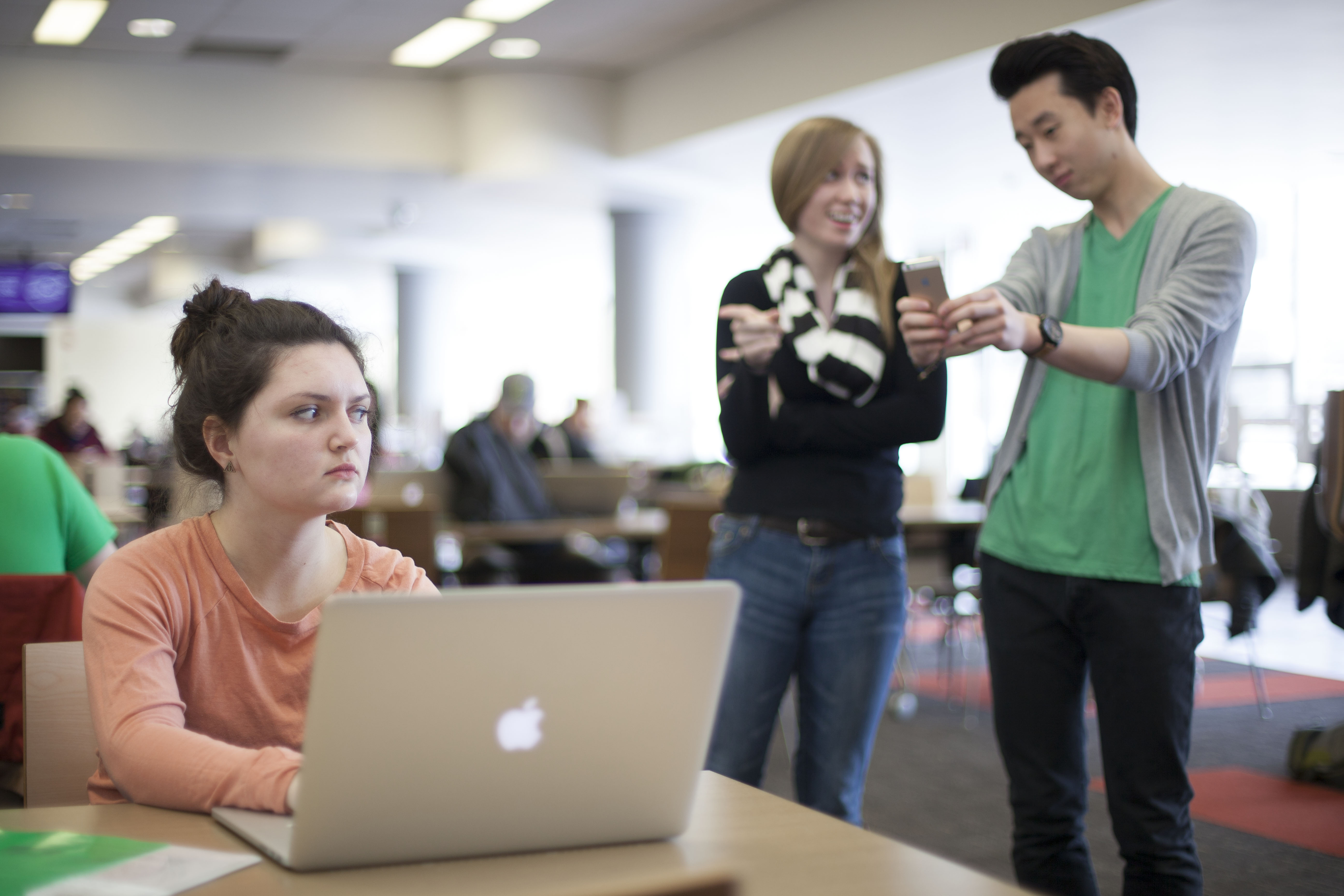Cyberbullying no longer a “teen issue”


Cyberbullying — typically understood as a teen issue — has trickled its way into the lives of university students and adults.
According to a recent study conducted at Simon Fraser University, 22 per cent of students, or one in 5, have claimed to be cyberbullied by someone else they knew at school.
Amanda, whose name has been changed for confidentiality purposes, knows this story all too well.
She was cyberbullied so severely by her roommates in her second year at Wilfrid Laurier University that she was forced to move out of her apartment.
She had only lived there for one month.
“I was always terrified,” she said in an interview. “Whenever I went back to my apartment I always needed someone to be with me.”
Amanda’s conflicts with her roommates started when a private text message was accidentally leaked. This spawned into a month’s worth of cyberbullying and harassment, mainly from Twitter.
Amanda would received hurtful tweets, intended to publically humiliate her online.
“My dad wanted me to change my number and block them off everything,” she said. “But there is still always a way for them to get me.”
“There’s no way to escape it.”
Wanda Cassidy, the professor who conducted the study on cyberbullying, explained that incidences such as these are far more common than we think.
“We were surprised at the extent of students who experienced cyberbullying as a student,” Cassidy said.
Depending on the university evaluated, five-to-32 per cent had experienced cyberbullying from a fellow student and nine-to-18 per cent from a colleague.
The study Cassidy oversaw involved a faculty and student survey, focus groups and interviews.
74 per cent of the respondents were female.
“The effect on students was pretty devastating,” Cassidy explained. “There was fear for their safety, they lost sleep, mental health issues, physical issues; it affected their ability to do work,and affected their relationships.”
Nine-to-18 per cent said they felt suicidal.
However what was particularly interesting about the study was that it included bullying data from a previously unspoken group — faculty members at universities.
There are large amounts of cyberbullying that victimize staff and colleagues, notably through email, Twitter and even performance review websites such as RateMyProfessors.com.
“It is certainly easier to bully someone from behind a screen,” Cassidy added. “You don’t see their responses and you don’t see how you’re hurting them.”
When asked about the psychology behind an adult cyberbully, Cassidy explained that there could be a variety of reasons why someone would hit ‘send.’
“20 per cent thought it was fun,” she said.
“There’s obviously still a group of people who enjoy inflicting pain on others and they’re university students.”
However, there were some who did not consider their actions to be acts of cyberbullying.
“They said from student-to-student cyberbullying that it was because they had upset them for some reason,” she said.
While an exact definition of cyberbullying does not formally exist, Cassidy says that the biggest distinction between bullying and “venting” is that the former has the intention to harm or hurt the recipient.
“Your age group has to really look at it carefully and figure out whether this is acceptable behaviour,” she said.
In terms of existing policies at universities, respondents of the study didn’t appear to be aware of whether there were codes or conducts at their institutions.
“Lack of awareness is an issue,” said Margaret Jackson, a professor of criminology at SFU who also worked on the study. “There’s a disjuncture because there is nothing specified in these policies about cyber behaviour.”
465 policies were scanned at the 75 universities; only about a third specifically referenced online conduct.
This suggests that the policy environment may not have kept pace with the technology that “permeates the university.”
“Technology is changing so rapidly,” Cassidy weighed in. “We need to think about technology and how it’s being used.”
The research conducted is the first of its kind in Canada — no one has ever looked into the world of adult cyberbullying.
Cassidy hopes this will spark more discourse.
“People are saying really terrible things to one another.”

